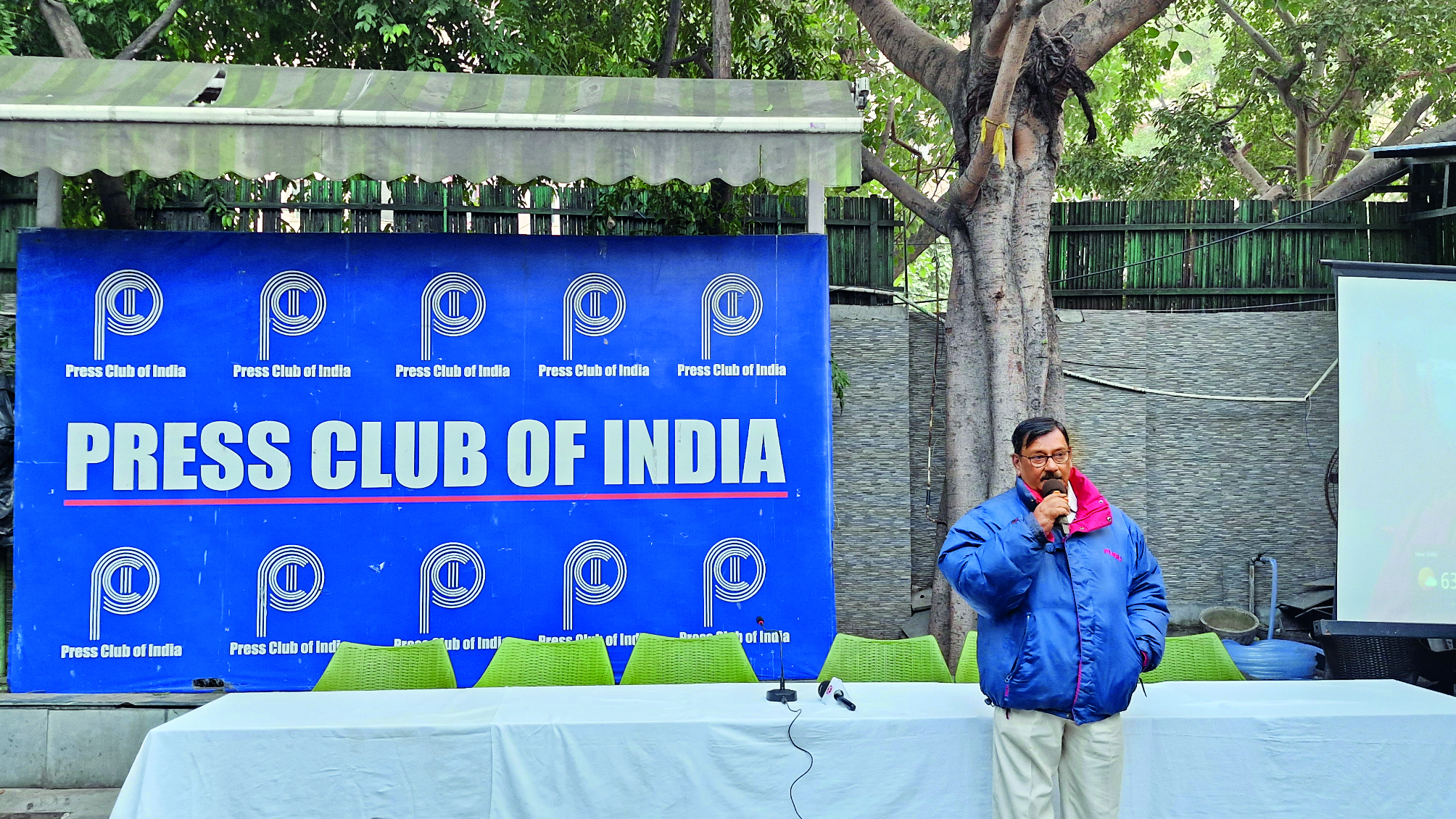Call for reforms after C’garh journalist’s death

NEW DELHI: A solemn gathering of over 150 journalists took place at the Press Club of India to mourn the tragic death of Mukesh Chandrakar, a journalist from Chhattisgarh’s Bijapur. Mukesh, aged 28, gained prominence for his courageous reporting on corruption, particularly his investigation into the shoddy construction of a local road. He was found dead in a septic tank on January 3, two days after he had gone missing. The tank, located on the premises of contractor Suresh Chandrakar, had been sealed with concrete in a bid to conceal the crime.
Mukesh’s YouTube channel, Bastar Junction, with over 1.5 lakh subscribers, was widely followed for its hard-hitting reports from the ground in the conflict-ridden Bastar region. He also freelanced for several media outlets, tirelessly exposing corruption and societal issues. His murder has sparked widespread outrage and concern over the safety of journalists.
At the condolences gathering, Gautam Lahiri, President of the Press Club of India, emphasised that Mukesh’s death should not only be a moment of condolence but also a catalyst for meaningful reform. “We must push for stronger laws to protect journalists and ensure that the families of those who sacrifice their lives for the truth receive adequate support,” Lahiri said. He called for pressure on the government to provide financial assistance to Mukesh’s family.
Ashutosh from The Wire Hindi described Mukesh as a “martyr” for journalism, highlighting the dangers in Bastar. Ravish Kumar pointed to the shrinking space for journalism and its deadly consequences. Both stressed the need for reforms to protect journalists, particularly in regions like Bastar.



